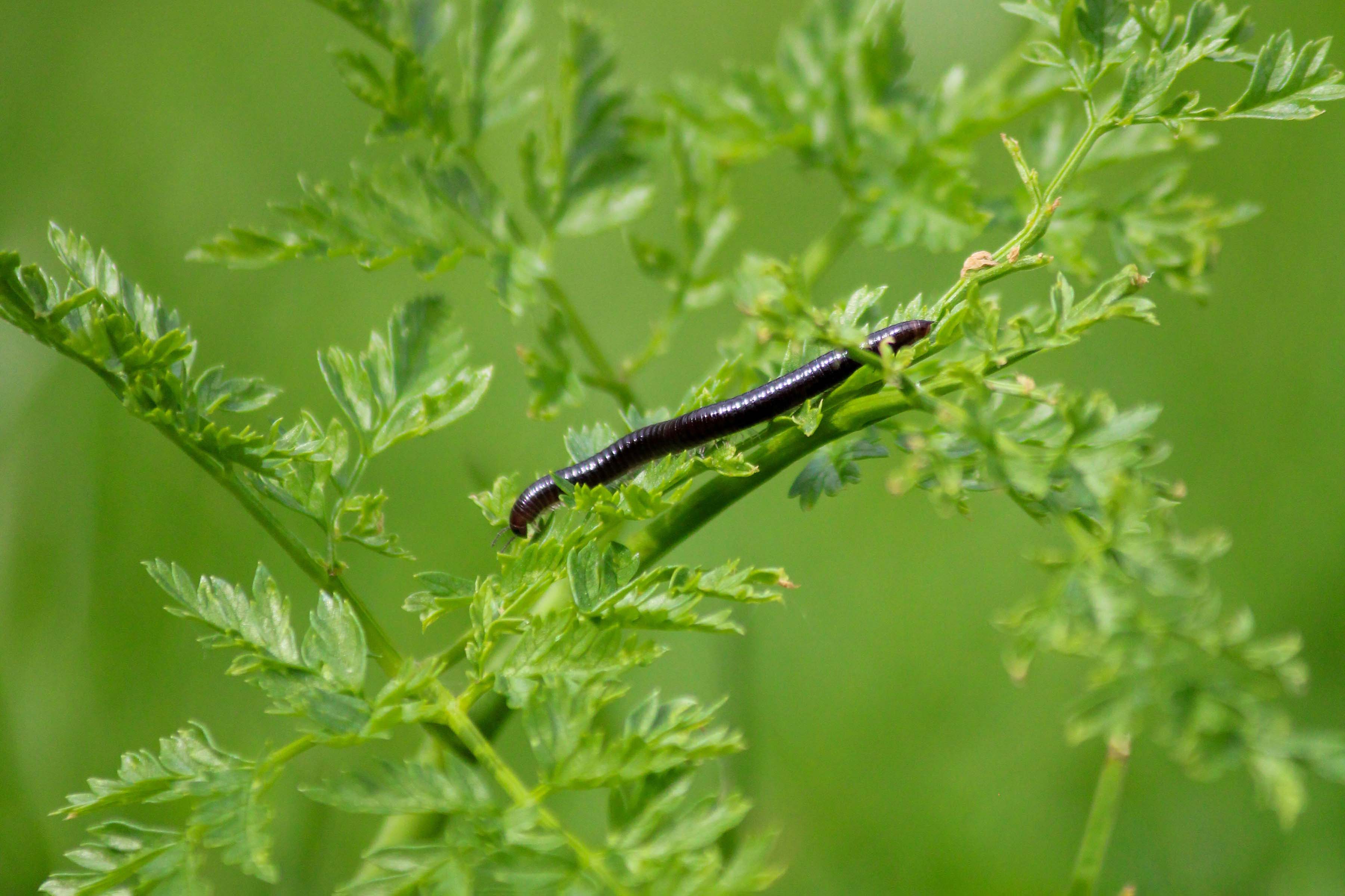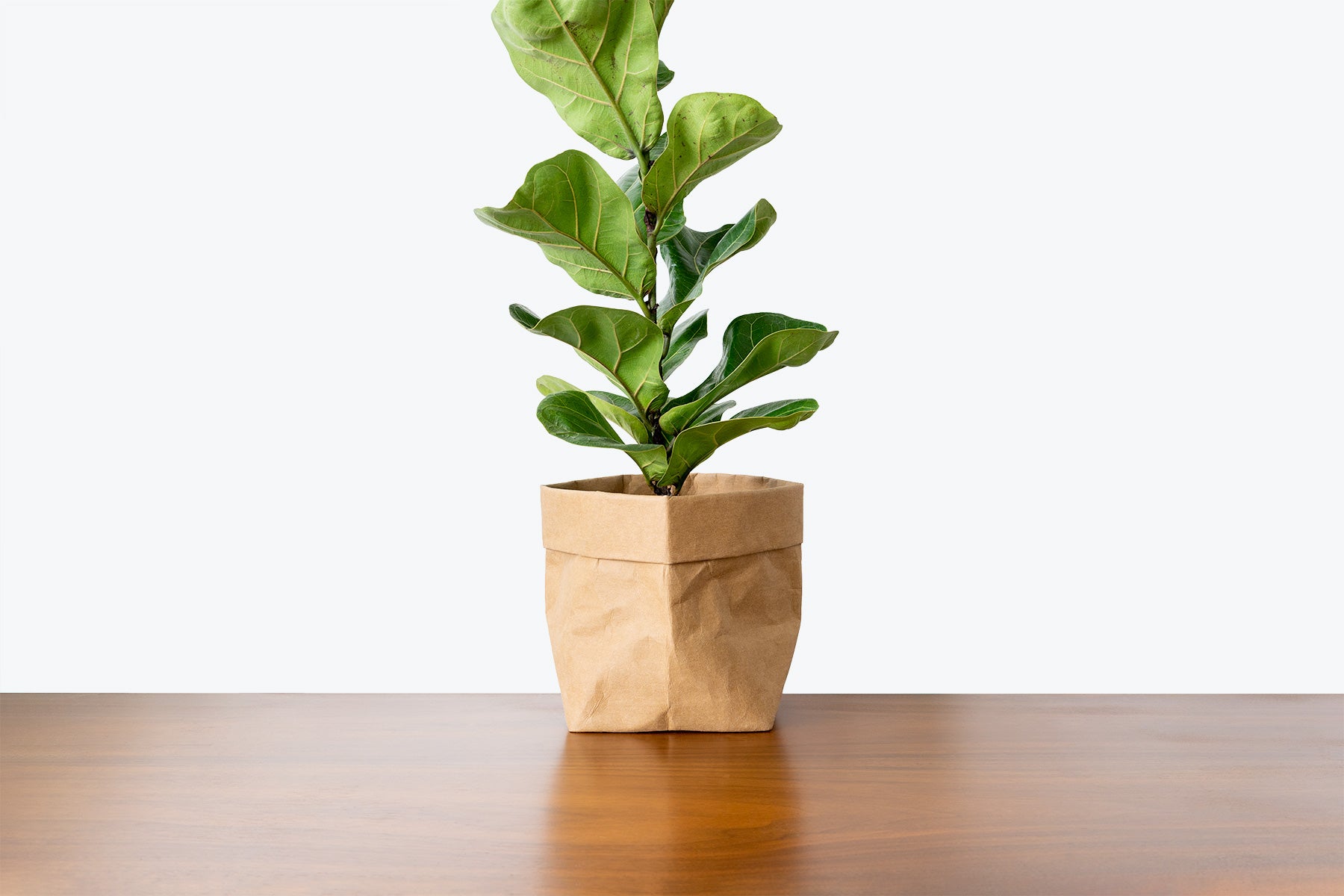
Common Houseplant Pests: How to Deal with Centipedes and Millipedes
Unfortunately, encountering these creepy crawlers while owning plants is a definite possibility. Centipedes can get quite large and they travel outside of plants and soil, meaning you can find them in areas of your home separate from those with plants. Although they are far less destructive than most other pests, we still want to pay some attention to them so they don't get our of control.

△ Centipedes
As a part of our Common Houseplant Pests series, where we talk about the pests that you will most likely experience in your journey of caring for plants, the centipede is definitely a part of the top creepy creatures you may run into. Feel free to check out the rest of our articles from this series to learn all about how to get rid of other pests such as thrips, mealybug, scale, and more! It is not an exhaustive list of every single pest, there are plenty more pests out there, but these are the insects that you will most likely experience at some point.
Why does My Plant have Pests?
We’ll be straight with you: insects are inevitable. Once you introduce nature into your space (which is what plants are after all!), life will naturally run its course. However, there are plenty of ways to deal with each type of potential pest, all you have to do is put in a little extra time and effort. Not every insect will affect every species of plant, some plants are prone to specific pests compared to others, but we’ve outlined solutions for you to use if, or when, you come into contact with one of these little nuisances.
Pest Tip: Isolate any plant in your care at the first sight of a potential infestation.
The main ways that houseplants enter our homes are:
- Through open doors and windows (some pests come in through the air and find new homes to live and feed off of i.e. our plants)
- Infested soil (make sure to store your extra soil in airtight containers, check that the soil of any new plant you are bringing home is clean, and to treat your soil appropriately bringing your plants indoors from being outside)
- New plants (even if you have inspected a new plant, there is always a chance of bugs still residing somewhere in the soil or on the plant. Make sure you isolate any new plant from your other plants for a little while in order to minimize any potential spread)
Although we always recommend treating your plants as much as possible before giving up on them, something to keep in mind is that sometimes a plant is beyond repair if you catch the damage too late. However, we’ve provided you with this article in the hopes that you can learn to see the signs before your plant is too far gone. Don’t be discouraged if you’ve lost a plant to pests before, that’s happened to the best of us, but this guide will arm you with what you need to know for the future!
What are Centipedes and Millipedes?
Measuring about an inch long, centipedes are often (mistakenly) called "hundred-leggers," despite the fact that they actually only ever have 25 pairs of legs or less. There are thousands of species of centipedes, but the most common centipede you will find in your plants or reproducing in your house is the Scutigera coleoptrata, or house centipede. With yellow to brown flattened bodes, these bugs are not actually insects but rather a different type of arthropod, making up a group called myriapods, a name that means "with many legs," how fitting!
The great news is that centipedes can be seen as beneficial, since they are actually carnivorous and feed on various insects, such as flies and spiders. If you find them inside, prior to bringing plants into your space, this is usually a sign that there is an abundance of insects indoors. So, if you find them in your plants, this is because they were most likely attracted to the amount of organic material and moisture they provide since they thrive in dark, damp, moist environments, as well as the other insects that plants attract. Therefore, we can determine that they're not actually feeding on your plants, since they don't eat vegetation, so they are not damaging them, but this certainly doesn't make them any more enjoyable to stumble upon.
🪱
Centipedes are often mistaken for millipedes, which can measure anywhere from 1/2 - 6 1/2 inches long and have a smooth, flat, brown body with a lot more legs. Although they can also find their way indoors, millipedes generally scavenge in the garden, not moving as fast as centipedes and curling up when threatened. The treatment to get rid of them is similar.

△ Millipedes
Lots of houseplants are grown outdoors in the tropics before they are shipped North or imported into Canada. Why not take advantage of the natural heat and humidity outdoors for these moisture-loving tropicals? Knowing this, some plants could easily be harbouring a few creepy crawlies that have lived in them for a season, or while they were developing into mature specimens. On the other hand, centipedes are also found living naturally in our homes, especially in basements and bathrooms since they need a humid environment to survive, but this is the least likely scenario of them occurring in plants.
If you find one centipede in your home, you probably won't find too many of them at the same time due to their solitary nature. They find comfort in dark, damp places during the day and come out at night to look for food. Also, you won't need to worry about them harming you because they have weak jaws that usually don't pierce the skin. On the rare occasion that they do bite you, the pain will be of that similar to a bee sting, or even less so.
How to Get Rid of Centipedes and Millipedes?
Now that we know what Centipedes and Millipedes are, how do we get rid of them? If your plant has spent the summer outdoors there is a very high chance Centipedes and Millipedes have found a home in the soil, which is why treatment of centipedes is often performed then. Feel free to read more about this in our When & How to Transition Your Plants Back Indoors Guide. Regardless of whether or not you think your plants have pests, it is strongly recommended that you inspect and treat them for any hitchhikers that may have set up shop before bringing them indoors.
Luckily, they are rather easy to get rid of, since they are solitary and can be removed without much effort. One quick, simple way that won't require much from you is that, if you can move fast enough, you can vacuum them up! Now, this won't eliminate any potential larvae, so it would be best to use at least one or more of the following methods to safely and effectively rid yourself of them:
Catch & Release:
If possible, you could always set up natural traps to catch any centipedes and release them outdoors and out of your home.
Eliminating Moisture:
It is important to remove any excess moisture in damp areas such as basements, under sinks, crawlspaces, or bathrooms, removing the attraction of them to these pesky crawlers. When it comes to your plants, make sure not to keep the soil constantly moist, only watering your plants when they need it. This is especially important during the darker days of the winter months when it takes soil longer to dry out between waterings.
Minimize Organic Material:
Since we know centipedes are attracted to organic debris as well as moisture, remove any excess material, such as dead leaves, wood chips, etc. that rests on the top of the soil.
Sticky Traps:
Setting up sticky glue traps (such as those for ants and roaches) next to frequented houseplants, on baseboards in rooms with plants, or on baseboards in each corner adjacent to the outdoors would catch any adult centipedes as they come out at night looking for insects in your home.
Soil Wash:
This is arguably the most effective method of removing centipedes from your plants at any time, but especially when you are transitioning your plants indoors. Centipedes and millipedes found in the home are not aquatic, meaning they will drown during this process unless the soap kills them first by blocking the pores through which they breathe and suffocating them.
The steps to doing so are as follows:
- Prepare a bucket of lukewarm, soapy water (using a dish soap such as Dr. Bronner's)
- Immerse the entire pot (soil, nursery pot, root ball and all) into the water
- Let it sit submerged for 15-30 minutes, then take the pot out and let the water drain
- Make sure the plant is set in bright enough light after doing so in order to speed up the process of the soil drying out
The plant roots will not be harmed during this process as long as you don't leave them soaking for extensive periods of time (i.e. days at a time) as that would deprive the roots of oxygen, which leads to root rot. It isn't a complicated process but it does make a little more sense to do this when it can be done outside during the warmer months before bringing your plants indoors (if you have a choice).
Repotting:
In a more severe infestation of centipedes, it may be advisable to actually repot your plant completely, using clean, fresh soil. Washing off the pot and placing a piece of wire screening (with very tiny holes) over the drainage hole would also be some great steps to take!
Insecticides:
Try to use any form of insecticide, either chemical or organic, as a last resort to control centipedes. At least one, or a combination of more than one, of the previous methods will most likely be effective. Otherwise, an example would be food-grade diatomaceous earth, which removes the outer coating from the exoskeleton, meaning the centipede cannot retain water and dies of dehydration.
Going forward, after removal, keep an eye on your watering methods, making sure to not keep the soil overly moist, and get rid of any extra organic debris. If the pests are not priorly removed, they can spread over time and infest the rest of your plants. The most important step is to make sure you don’t stop until you are sure the specific pest you are trying to get rid of is gone, otherwise, all your work will be in vain. We want to give our plants the best care that we can in our homes, so don’t give up on them!






